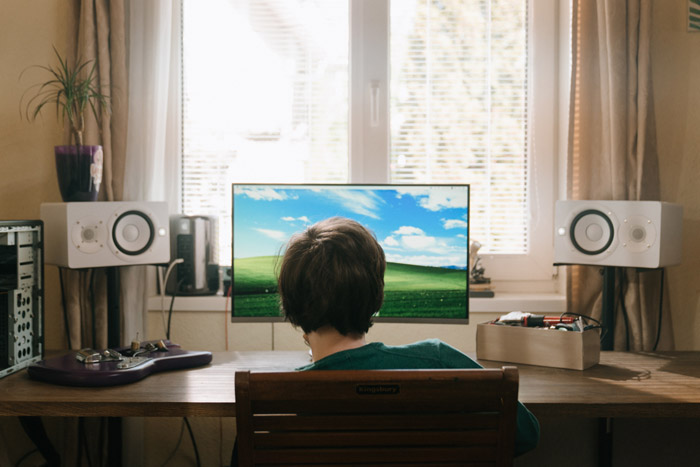3 Lifestyle Habits That May Worsen Your Child’s Myopia
Submitted by Advertiser KiasuParent

Kids from our parents’ generation spent time shooting marbles outdoors while kids these days shoot targets on mobile games indoors. That’s why more kids from our generation are wearing spectacles.
The above correlation may be more than hypothetical. According to Associate Professor Audrey Chia, a senior consultant ophthalmologist, only 30% to 40% of Singapore residents born in the 1930s to 1950s have myopia, while 83% of our young adults today have the condition.
Impact of Modern Lifestyle on Childhood Myopia
While genetic factors are also proven to be a risk factor by SNEC, research done by the Myopia Research Group points to environmental factors and changing lifestyle habits as possible contributors to an increasing incidence of myopia among our children in Singapore:
-
Lack of outdoor activity
Levels of light intensity, chromatics and frequency may be factors contributing to myopia. Experiments in chicks showed that daily exposure to bright light (15,000 lux) retards the development of form-deprivation myopia (FDM) by roughly 60%.
According to a 2015 World Health Organisation (WHO) report, the risk of myopia was reduced in children who spent more than two hours a day outdoors, even when they had two myopic parents and continued to perform near work. And when children spend more time indoors, experts believe myopia rates tend to go up.
-
Increased near work
Reading, writing and the use of digital screens – possibly the most concerning form of near work –which can put a strain on the eyes.
An article published by the Review of Myopia Management cited studies done in India that showed the risk of myopia was eight times higher with more than two hours per day of mobile game screen time compared to zero to two hours per day. Myopia was also more prevalent in Irish children who used smartphones for more than 3 hours per day (20.3%) compared to those with less than 1 hour per day (8.3%).
Slightly a year after Singapore entered into a COVID-19 circuit breaker, The Straits Times similarly reported about incidences of myopia going up as screen time among kids in Singapore increased.
-
Strong emphasis on academic studies
The correlation between academic achievement and myopia has been explored by National University of Singapore researchers. Because studying involves a lot of near work, they concluded that those who had more advanced education (e.g. gifted or express streams) and received more supplemental tuition, is repeatedly associated with greater myopia prevalence.
Tips to Protect Your Child’s Eyes
It is important to try to limit your child’s daily screen time or ask them to take breaks every 30 to 40 minutes to look at something far, or even better, engage in an outdoor activity. Make sure your child keeps a comfortable distance between a book or screen when reading and that the environment is well-lit to prevent eye strain.
Slow Down Myopia Progression Early
Besides maintaining good eye habits, visit your nearest eye care provider for a thorough eye check, which can uncover eye problems, such as with visual acuity (vision sharpness) and to explore a suitable myopia management solution for your child if he or she is found to be myopic.
Rather than simply correcting myopia with single-vision lenses, opt for myopia management spectacle lens that can prevent eye elongation – the cause for worsening myopia that potentially leads to more serious eye conditions later in life.
Essilor® Stellest® Lenses have been clinically proven to slow down myopia progression by 67% on average compared to single vision lenses, when worn at least 12 hours a day[1].
Using “H.A.L.T*” technology – Highly Aspherical Lenslet Target – Essilor® Stellest® Lenses are made up of a cutting-edge constellation of 1021 invisible** lenslets, which creates a volume of signal in the child’s eye acting as a shield against eye elongation. They are comfortable and easy to adapt for children, with no compromises:
Learn more about Essilor® Stellest® Lenses here or find an Essilor Expert near you today here.
—————–